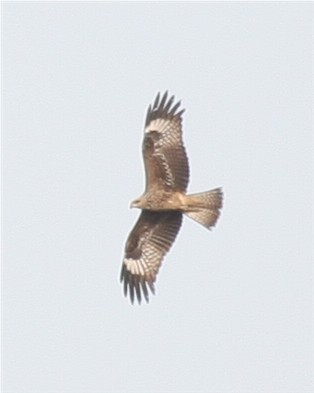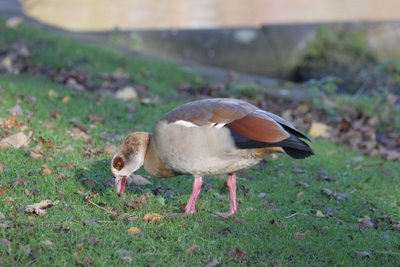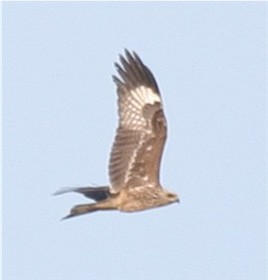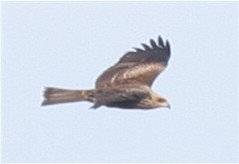Holbeach St Mathews Lincolnshire
At last caught this one back up on the County listers, we arrived at 8.15am, Kite already on view sat against the sun though on a hedge, nearly two hours later it flew and was then in almost constant view till we left at 1.00pm, though always distant i managed these rather long range shots which have been greatly cropped.
Watched flying over a copse with two Common Buzzards then out over the Salt marsh were it was attacked by two Common Kestrels.
Also out on the marsh several Little Egrets a Hen Harrier and a Peregrine.















